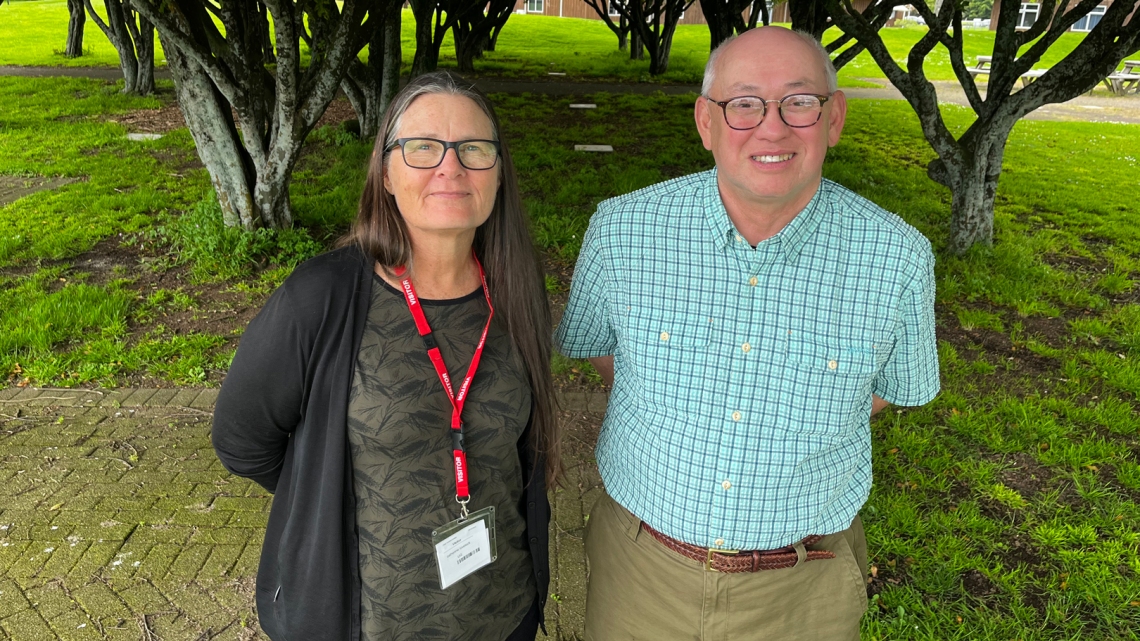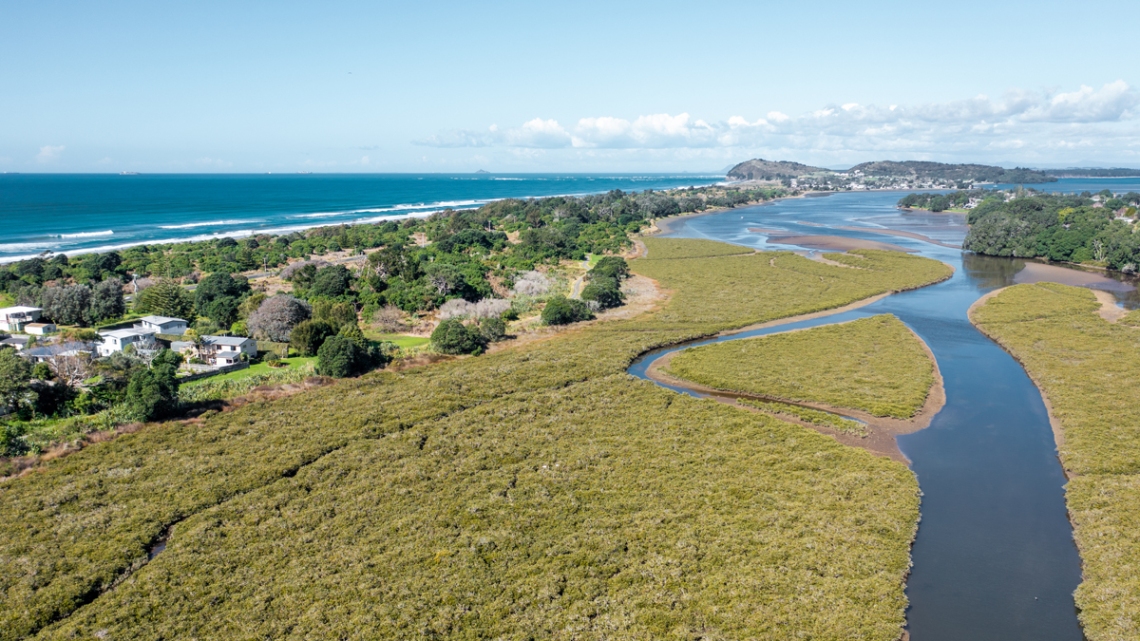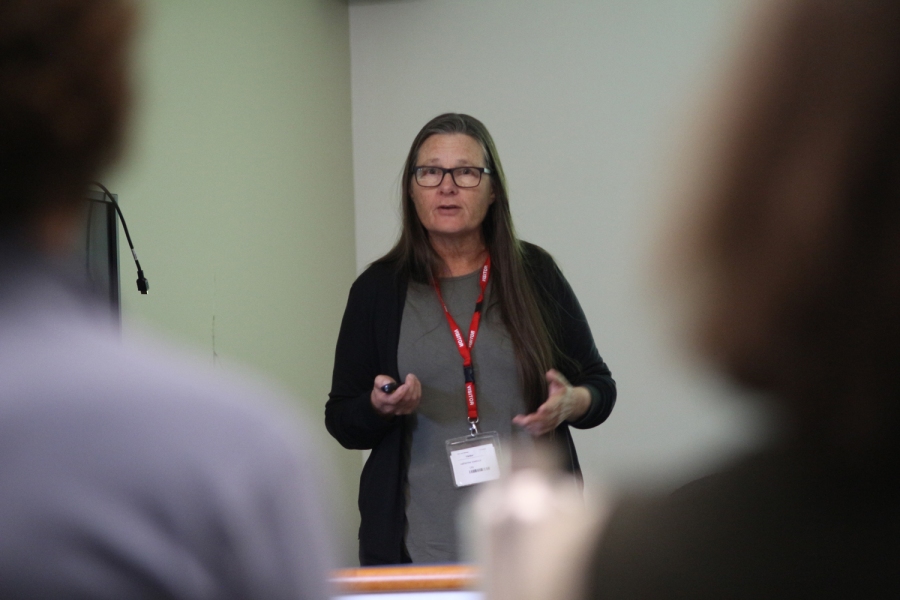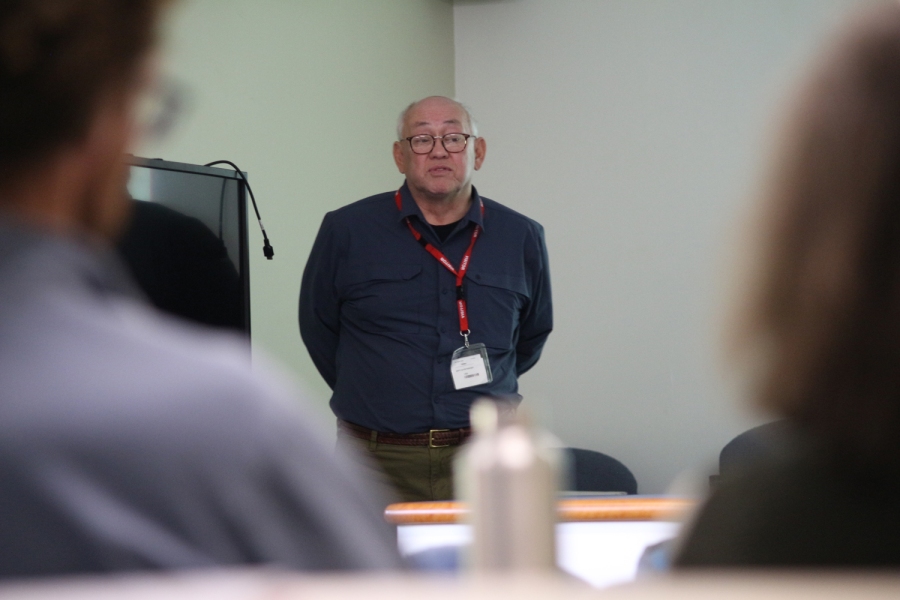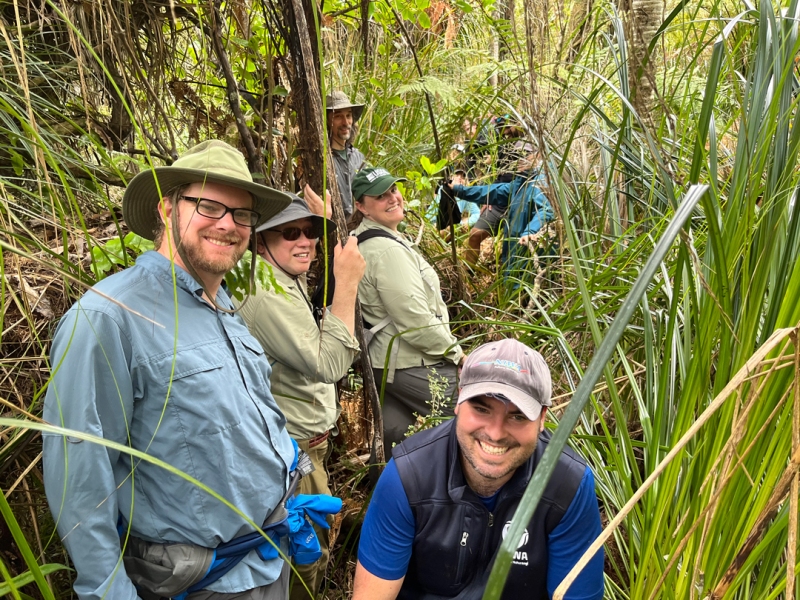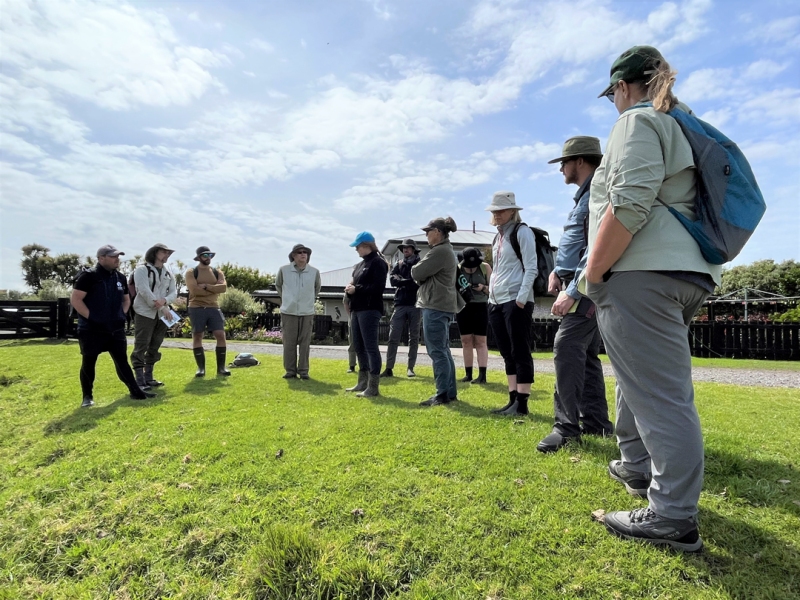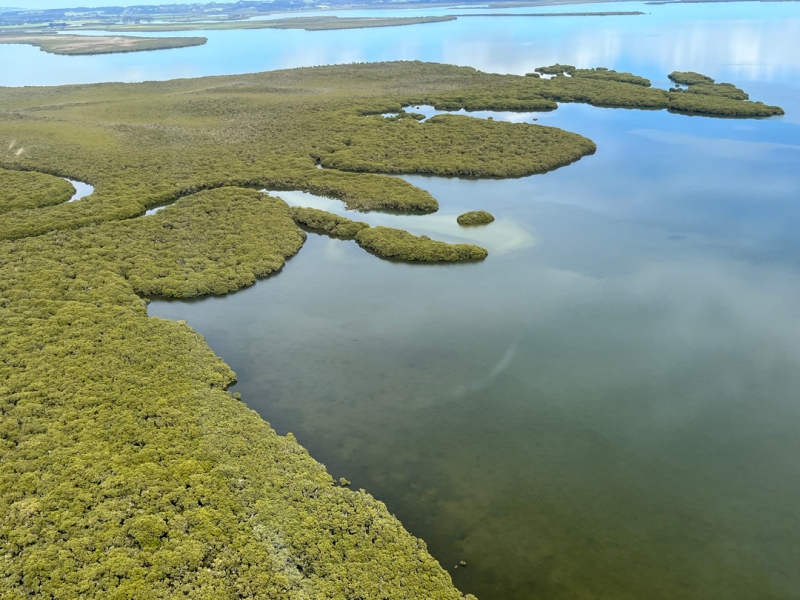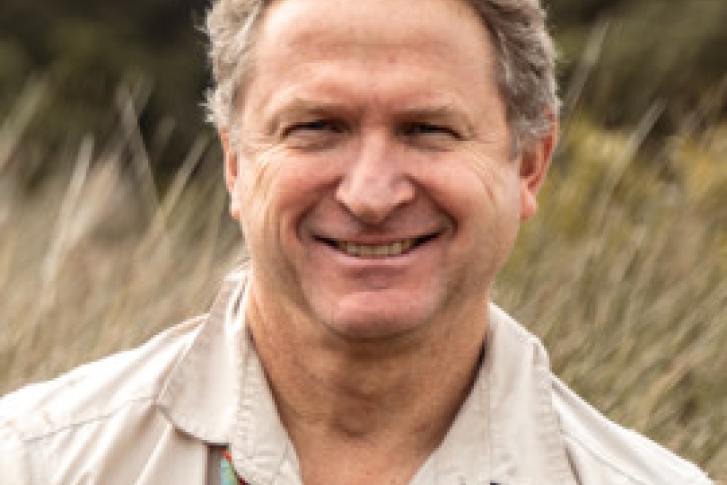A group of international scientists are visiting some of New Zealand’s most significant coastal wetlands as part of a five-year research project to help the country adapt and prepare for sea-level rise.
Among the group is Professor Cath Lovelock from the University of Queensland’s School of Biological Sciences and Glenn Guntenspergen, a research ecologist from the US Geological Survey.
Lovelock is an international expert on the impact of climate change and sea-level rise on coastal ecosystems. Recently her attention has focused on blue carbon and the role coastal ecosystems can play in mitigating climate change.
Guntenspergen has been researching the impacts of climate change on coastal wetlands and inland freshwater wetland ecosystems for 25 years. His research with the US Geological Survey helps inform important decisions made by the US Department of the Interior which manages public land and minerals, national parks and wildlife refuges.
Lovelock and Guntenspergen are among 50 researchers contributing to the NIWA-led, Future Coasts Aotearoa project. It is a five-year study investigating how New Zealand’s coastal lowlands can adapt and prosper despite inevitable sea-level rise.
The two scientists will bring their international expertise to help the study determine the physical impacts of sea-level rise.
Both gave presentations on their work to other researchers while attending workshops at the NIWA Hamilton office.
“New Zealand and Australia share a lot of attributes with respect to the coastal zone. The study is an opportunity for comparative research, to use what we learn in New Zealand and apply it to Australia,” Lovelock said.
“We also have the US Geological Survey involved in this study so together it is a much more interesting scientific package, than if we tried to go it alone.”
Lovelock led a team of Australian scientists to develop the Blue Carbon Method. It provides landholders with incentives to restore coastal wetlands which can naturally sequester emissions.
The method is used by Australia’s Clean Energy Regulator to award carbon credit units to restoration projects. The credits can be sold to the government or others interested in offsetting emissions.
Lovelock has also worked with the Intergovernmental Panel on Climate Change on green-house gas accounting.
“So with this study in New Zealand, I’m thinking about how we can make the programme work for specific case study sites but also how it can inform national policy.”
Future Coasts Aotearoa has four case study sites and the international scientists will visit each one while in the country.
Their first site visit was to the Firth of Thames and Athenree Estuary in the Bay of Plenty.
“The Firth of Thames is really a unique system, and it is probably one of the most instrumented wetland sites in the world,” Guntenspergen said.
Instruments in the Firth’s mangrove fringe measure water quality, sediment rates, mangrove expansion, benthic fauna and the subtidal seabed.
There are many freshwater flow recorders and water quality monitoring sites in the catchment as well specialist marine monitoring programmes in the Firth of Thames.
“Athenree is more of a typical wetland you might see in the US but poses some very Interesting questions about the impact of sea-level rise on adjoining landowners and land use,” Guntenspergen said.
If coastal wetlands are to survive sea-level rise, they need to gain elevation or move inland or upslope.
“Moving inland is going to be difficult when you have built structures such as roads, bridges and stop banks around wetlands.
“How will those coastal communities respond? Will they adapt or will it mean the loss of those wetlands?”
Guntenspergen said there is no argument that sea-level rise is accelerating but by how much remains unclear.
“We can use modelling to help determine the rate of sea-level rise or use a forecasting model. The real question is, how can we scale up our modelling from a regional level to a national level, that’s one of the questions we’re working on with NIWA and our partners in this study.”
In the field
There are eight scientists visiting from Australia and the US, hosted by NIWA during October-November.
They will visit case study sites associated with the Future Coasts Aotearoa study including Athenree Estuaries in the Bay of Plenty; Rangaunu in Northland; Te Puuaha in the lower Waikato River catchment and Ashley River in Canterbury.
The visitors will have a chance to meet with regional council staff at each case study site, and other researchers connected with the study.

